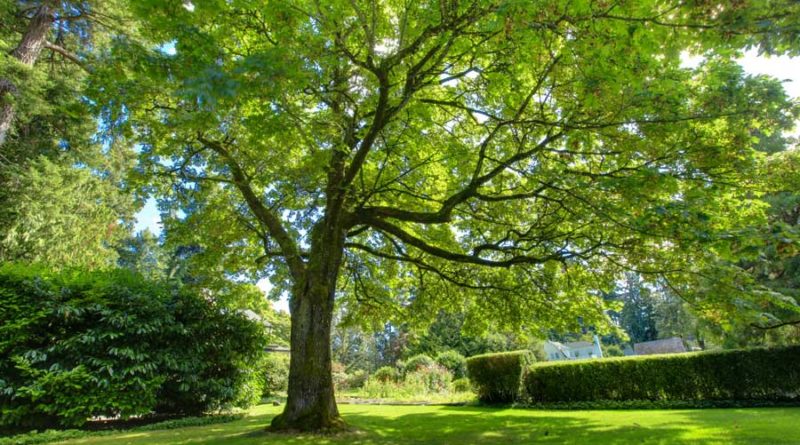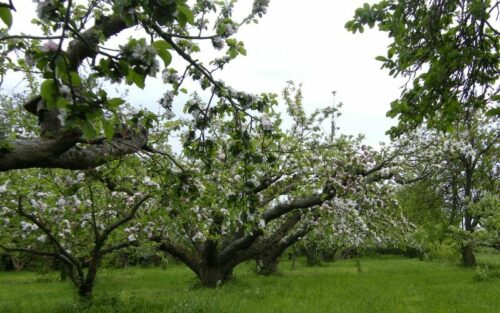When is the Best Time to Prune a Maple Tree?
Maple trees are a beautiful addition to any yard, with their stunning foliage and unique bark. However, to keep them healthy and looking their best, it’s important to prune them regularly. But when is the best time to prune a maple tree? In this article, we’ll explore the answer to that question and provide you with some tips for successful maple tree pruning.
Introduction
Maple trees are popular for their vibrant colors in the fall, and their lush greenery in the spring and summer. But, like all trees, they require regular pruning to maintain their health and appearance. In this article, we’ll discuss the best time to prune a maple tree, as well as some tips for successful pruning.
Why is Maple Tree Pruning Important?
Pruning is essential to keep your maple tree healthy, promote growth, and maintain its overall shape. Proper pruning can also help prevent disease and insect infestations, as well as improve the tree’s ability to withstand harsh weather conditions.
When Should You Prune a Maple Tree?
The best time to prune a maple tree is during its dormant season, which is typically late fall to early spring. Pruning during this time ensures that the tree has plenty of time to heal before new growth begins in the spring. Additionally, pruning during the dormant season reduces the risk of damage to the tree caused by pruning while it’s actively growing.
Factors to Consider When Pruning a Maple Tree
When pruning a maple tree, it’s important to consider the age and overall health of the tree. Younger trees may require more pruning to encourage healthy growth, while older trees may only require minimal pruning to maintain their shape. It’s also important to consider the specific type of maple tree, as different varieties may have unique growth patterns that require specific pruning techniques.
How to Prune a Maple Tree
Before you begin pruning your maple tree, it’s important to have the proper tools on hand. This includes a pair of sharp pruning shears or a pruning saw, as well as gloves and safety glasses to protect yourself.
When pruning, start by removing any dead, damaged, or diseased branches. These can be easily identified by their appearance and should be cut back to healthy wood. Next, remove any crossing or rubbing branches that can damage the tree or impede its growth. Finally, shape the tree by removing any branches that are growing in an undesirable direction or are detracting from the tree’s overall appearance.
Pruning Tips for Different Types of Maple Trees
Different types of maple trees may require unique pruning techniques to maintain their health and appearance. For example, Japanese maple trees should be pruned in late winter or early spring, while sugar maple trees should be pruned during the late summer or early fall. It’s important to research the specific type of maple tree you have and learn the best pruning techniques for that variety.
Signs of Over-Pruning a Maple Tree
While pruning is essential for maintaining the health and appearance of a maple tree, over-pruning can be damaging. Signs of over-pruning include stunted growth, reduced foliage, and an overall unhealthy appearance. If you suspect you’ve over-pruned your maple tree, consult a professional arborist to assess the damage and develop a plan for recovery.
Conclusion
Pruning is an important part of maintaining the health and appearance of your maple tree.


